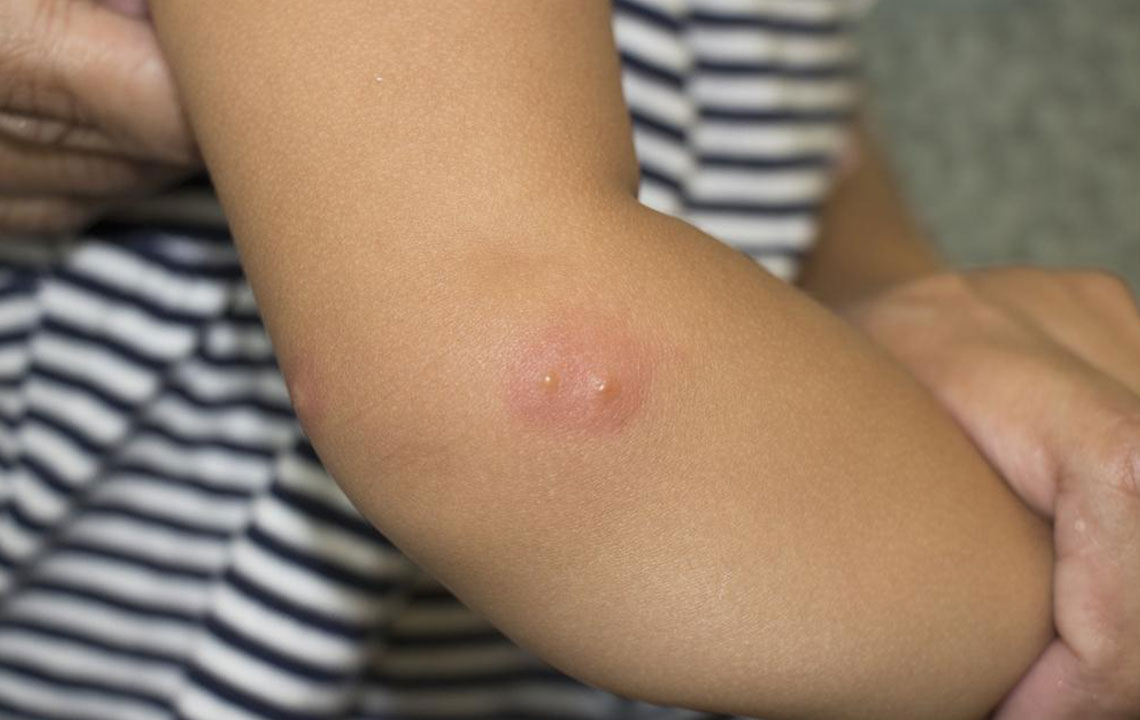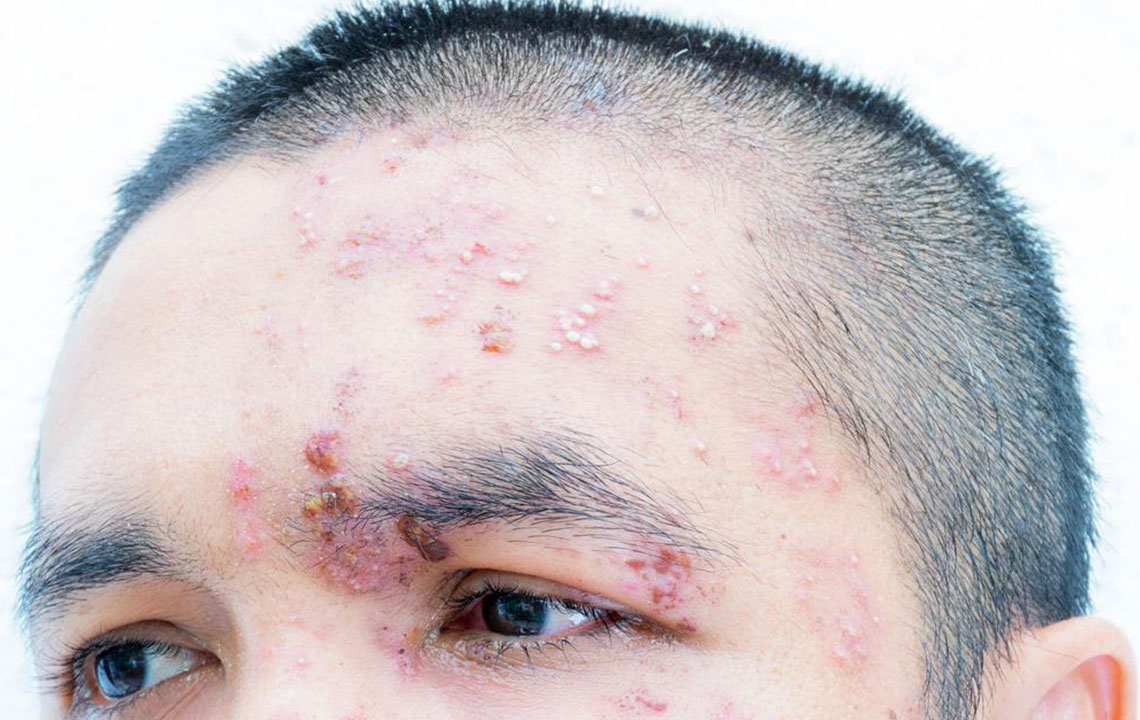Effective Approaches and Remedies for Managing Shingle Outbreaks
This article offers practical strategies and natural remedies for managing shingles symptoms effectively. Emphasizing early treatment, pain relief, home care, preventive vaccination, and dietary support, it guides patients to alleviate discomfort and support immune health. Combining medical and natural approaches can help reduce severity and duration of shingles, improving overall well-being during recovery.

Effective Strategies and Remedies for Managing Shingle Outbreaks
Essential treatments and tips for alleviating shingles symptoms
Shingles presents as a painful skin condition marked by rashes and blisters, resulting from the reactivation of the varicella zoster virus responsible for chickenpox. After initial infection, the virus can remain dormant for years before reemerging, causing shingles. About one-third of Americans are expected to experience shingles, which usually affects small skin regions but can sometimes spread. Although there is no cure, prompt medical attention can help ease symptoms and prevent complications.
Managing shingles symptoms
Early signs include discomfort or pain before visible rash appears. Seeking medical care within 72 hours significantly reduces severity. Antiviral drugs such as Acyclovir are most effective during this window to slow rash development and lower complication risk.
Pain management options
Healthcare providers often recommend NSAIDs like Ibuprofen to help ease shingles-related pain.
Additional treatment methods
Bacterial superinfections may require antibiotics. For post-rash pain, topical therapies like capsaicin creams or lidocaine patches can provide relief. Correct medication use speeds up healing and lessens discomfort.
Basic home care during shingles
Since the illness typically lasts 2–6 weeks and is self-limiting, practicing good hygiene, keeping affected areas clean and dry, avoiding scratching, and preventing blister rupture are vital. Use sterile towels and items to prevent viral spread.
Natural remedies for shingles relief
Simple home treatments can soothe symptoms. Cool showers help avoid aggravating heat or cold, and oatmeal baths relieve itching. Applying moist compresses can ease pain, avoiding extreme temperatures.
Home solutions to reduce itching
Calamine lotion helps dry out blisters and limit spread. A paste of baking soda or cornstarch combined with water can reduce itching when applied briefly. Natural oils like Manuka honey, lavender, geranium, tea tree, and lemongrass, diluted in coconut oil, may decrease viral activity and inflammation. These remedies also support recovery from postherpetic neuralgia, the persistent nerve pain after rash healing.
Preventive measures for shingles
The Zostavax vaccine has been available since 2006 to prevent shingles, especially for those over 50. A single dose can cut the risk by approximately 50%, making vaccination a key preventive step for older adults.
Diet tips to bolster recovery
Consuming a balanced diet enhances immune health. Limit fatty, sugary, and processed foods like chocolates and nuts. Prioritize foods rich in Vitamins B12, A, E, C, and lysine. Include leafy greens, colorful fruits, legumes, eggs, dairy, whole grains, spinach, and tomatoes to promote faster healing and immune support.
While complete cure remains unavailable, combining medications with natural remedies and healthy eating habits can alleviate symptoms and improve comfort during shingles recovery.


